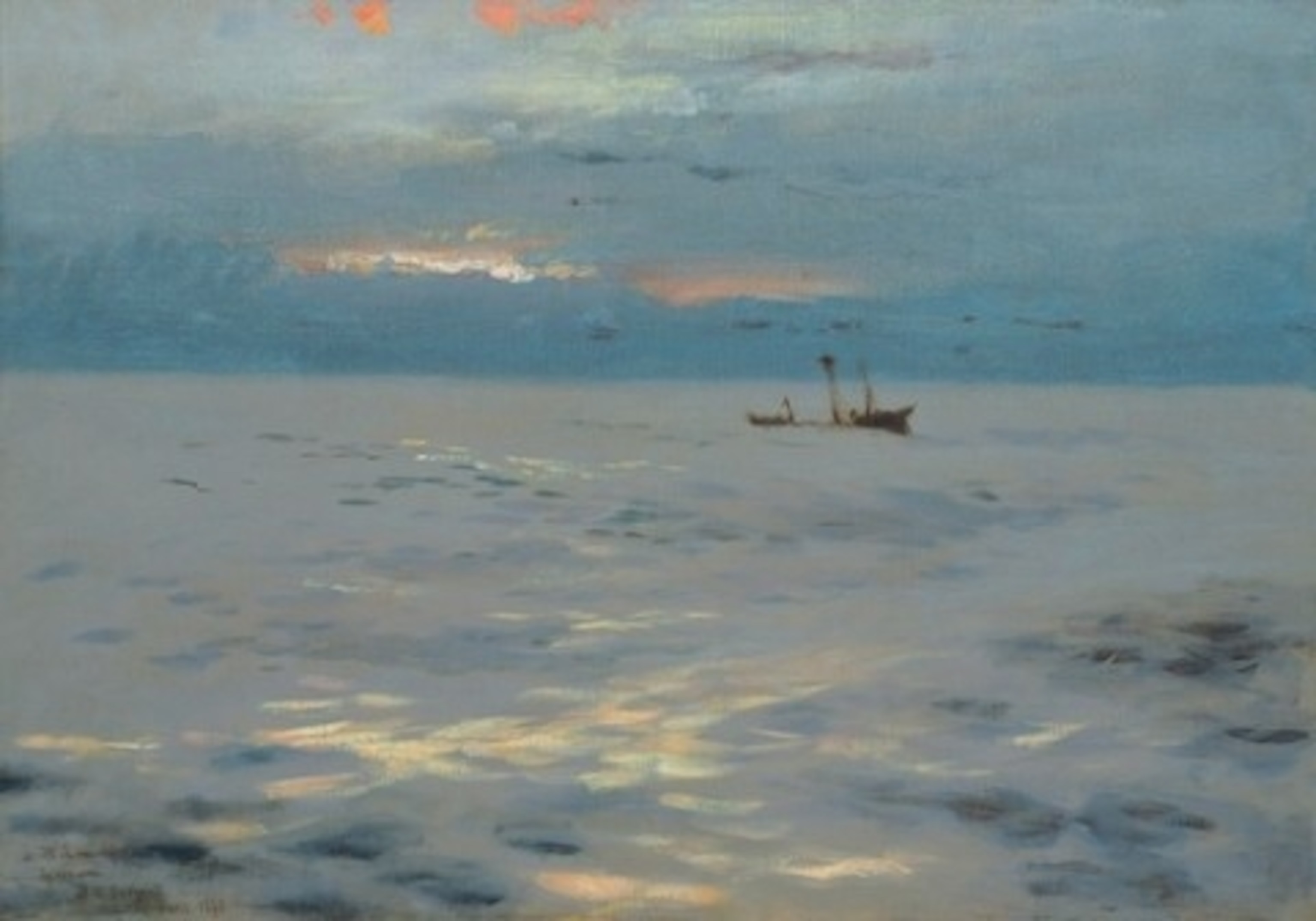
Oil and Water at the Corcoran
Contributing editor James Conaway is also our resident art buff, so we’ve asked him to review some of the best exhibits he visits in his travels. Today he contrasts two exhibits currently on display at the Corcoran Gallery in D.C.
Washington, D.C.’s prestigious Corcoran Gallery of Art currently has two oddly complementary exhibits of special interest to visitors and residents alike. The first is Oil, by the Canadian photographer Edward Burtynsky, which opened this past weekend. It’s a heroic display of wall-size photographs taken over a decade that document the influence of the world’s most ubiquitous, dwindling resource upon our environment and upon ourselves. The second, Sargent and the Sea, is an antiphonal, painterly alternative to this reality by the 19th-century artist, John Singer Sargent, whose early drawings and paintings depict a still pristine, unhydro-carbonated, impossibly naive world.
Burtynsky’s odyssey to some of the least lovely assemblages of post-industrial detritus can best be described as dreadfully gorgeous. “Industrial sublime” is the phrase used by the curators, and that works, although the word sublime was intended for natural phenomena of such grandeur and power that the beholder is transported to a nether space somewhere between fear and ecstasy. Well, when you’re confronted with the derriere-end products and landscapes of a century of unbridled internal combustion, you too will be both afraid and aesthetically moved.

The exhibit opens with vast fields of stripper wells that reminded me
of paintings of Anselm Kiefer, apocalyptic landscapes in gunk, but
Burtynsky’s thoroughly scrubbed, unglazed photographs have deep blues
in the foreground that are in fact oil slicks, not bonny lagoons, and
oil derricks dwindling to infinity like spines on the corpus of a
flayed, exhausted land. He gets wound up in the early and middle
sections of the exhibit with abstract arrangements of pipes and other
bright, industrial linguini, then moves into some of the prime, stylish
imbibers of oil — motorcycles under endless western skies, speed-eaters
on the salt flats — but the treasures are in the final room called,
appropriately, “The End of Oil.”
I liked the pastiche of
compressed oil barrels stacked like colorful cordwood, the platoons of
junked engines and foothills of abandoned car tires. But my favorites
were taken in the ship-breaking yards of Bangladesh where oil tankers
are disassembled by hapless human beings literally stuck in oil,
looking pathetically hopeful while the rest of us, looking on, feel
sick, doomed, and of course fascinated. The shot of the bones of an
abandoned tanker against the sunset has its own Grand Canyon grandeur
in cameo, beautiful and, yes, scary as hell.
Consider the ship
- National Geographic Expeditions
seen in Sargent’s painting not in the soft light of sunset but as a
prequel to Burtynsky’s photographs, and it seems bound not for a
romantic shore but for Bangladesh. Relatively speaking, the Earth
radically changed in less time than it took old John Singer Sargent’s
paintings to dry, and that’s the lesson of these two worthy exhibits.
Edward Burtynsky: Oil from Corcoran Gallery of Art on Vimeo.
Above, Edward Burtynski, “Shipbreaking #23, Chittagong, Bangaldesh”. Below: John Singer Sargent, “Atlantic Sunset,” c. 1876-78, oil on canvas. Private Collection. Images and video, courtesy of the Corcoran Gallery.
Corcoran Gallery of Art, 500 Seventeenth Street NW, hours and admission here.
